|
S.M.A.R.T. Spaces Fidgets are self-regulation tools that focus the mind and body, which is why S.M.A.R.T. Spaces include them. Learning should be filled with sensory opportunities and stimulation. Our primary experience with our environment is touch. When we see something new, we often want to touch it to find out what it feels like. We are creating a reference point, a storehouse of knowledge of what things are. Many students are kinesthetic learners and require tactile stimulation to aid in learning. Some children who do not register enough tactile inputs are “hungry” for tactile stimulation. And we know they will seek it. True, not every child will need something like a fidget to aid in focus and attention but for those who do we have some suggestions. Table and desks can have Velcro placed underneath on which students can quietly rub their fingers. Instead of a fidget becoming distracting to students nearby, this idea is quiet, often going unnoticed by others. Fidgets, or “tools for learning”, can be placed in a basket at your desk for students to come and get during work time. Offer a variety of objects that provide stimulation through size, texture, manipulation, and weight. Some of our favorites are shown in the photo. As with most things in our classroom, these tools for focus must come with rules. Check out a great article sponsored by Understood.org highlighting The Dos and Don’ts of Fidgets for Kids. 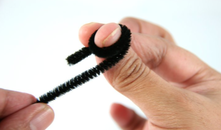 S.M.A.R.T. at Home There is likely not a parent or an educator around who doesn’t know about fidget spinners. The kids are going crazy over this tool turned toy. We’re here to help you understand why fidget spinners are not intended to cause a distraction in the classroom or be outlawed by schools and, contrary to popular belief, not all children need a fidget spinner. Kids need to move. A lot. Movement stimulates the brain and aids in focus and attention. However, much of a school day requires being still or remaining seated. Some children need a little extra help with focusing during all of this stillness. They need a fidget to help them focus. Fidget = Focus! We like to think of “focus” similar to autopilot. What does that mean? It means complete control of each body system without having to think about it. But what if your child isn’t on autopilot? Then they look like they have the wiggles, they may fall out of the chair or attempt to avoid seated work. It can also look like homework that takes hours to complete. 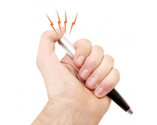 Fidgets (and S.M.A.R.T.) can help children whose body systems are immature and keep them from being able to get to auto-pilot. Fidgets can provide the right amount stimulation to take the brain to that focused state. Think about the last time you had to sit and pay attention to something or someone for a length of time. When you started to lose focus did you jiggle your foot? Click your pen? Doodle? Play with your hair? If so, you were doing what you needed to do to help your brain remain focused and attentive! You found something to fidget with, or to remain on autopilot, until the need to be attentive passed. Your child may benefit from having something to fidget with too, including while doing homework. But keep in mind, not all fidgets work with all kids. Some kids need squishy, some need springy, some need twisters, and others need (dare we say it) spinners. Some need nothing at all. 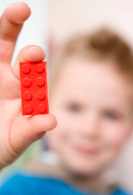 For those who do, a small, smooth object or stone can help calm them. Something with texture like a Lego, a piece of Velcro, even a pipe cleaner, can provide some tactile stimulation. Something they can manipulate such as a rubber band, silly putty, or ball of play dough can aid with focus while they are reading. If concentration and memorization are required, chewing gum can be a great source of stimulation that aids in focus. Allowing your child to have some sort of fidget can greatly increase the focus and attention they give to completing homework. Before bedtime! Time Saving Tips Fidgets – Friend or Foe? Feeling frustrated about fidgets? Well, you are in good company! There has been a large marketing push in the last year spinning around fidgets. As educators, we know and understand the frustration you feel about this topic. We all, at times, struggle with how to successfully use fidgets as tools for focus and not toys for distraction. So, we feel compelled to bring support to the children in the classroom who need them while also supporting your concerns about how distracting fidgets can be when used improperly.
That's One S.M.A.R.T. Teacher! How would you describe the perfect fidget? Quiet? Calming? Inexpensive? Durable? Sara, an enthusiastic early childhood S.M.A.R.T. teacher from Austin, MN, found something pretty close to what we would describe as “the perfect fidget”. Sara’s mother loves to sew. A special sewing project of hers is a marble maze. Taking two different pieces of felt or fleece, she stitches in straight lines or spirals forming a maze. A marble is inserted before sewing the fabric shut. The marble can be maneuvered through the maze in a quiet, almost effortless manner.
Many thanks to Sara and her mother for sharing their great idea! Not only are they used as a quiet fidget in preschool but they are also used to encourage dexterity and communication with residents at a local senior housing facility. It is also a favorite among the presenters who, at times, can be seen with a fidget to help them keep their focus.
0 Comments
|
AuthorSCheryl Smythe Archives
May 2024
|

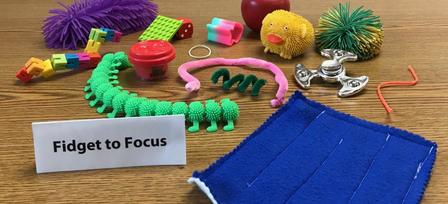
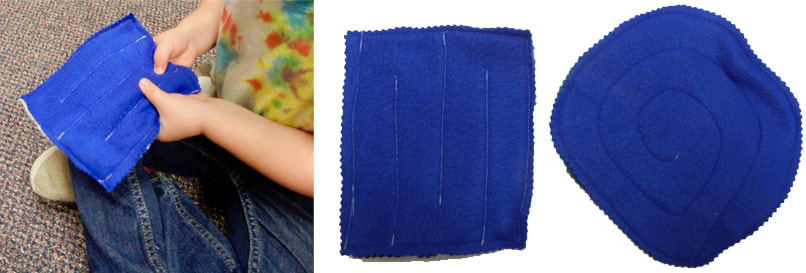
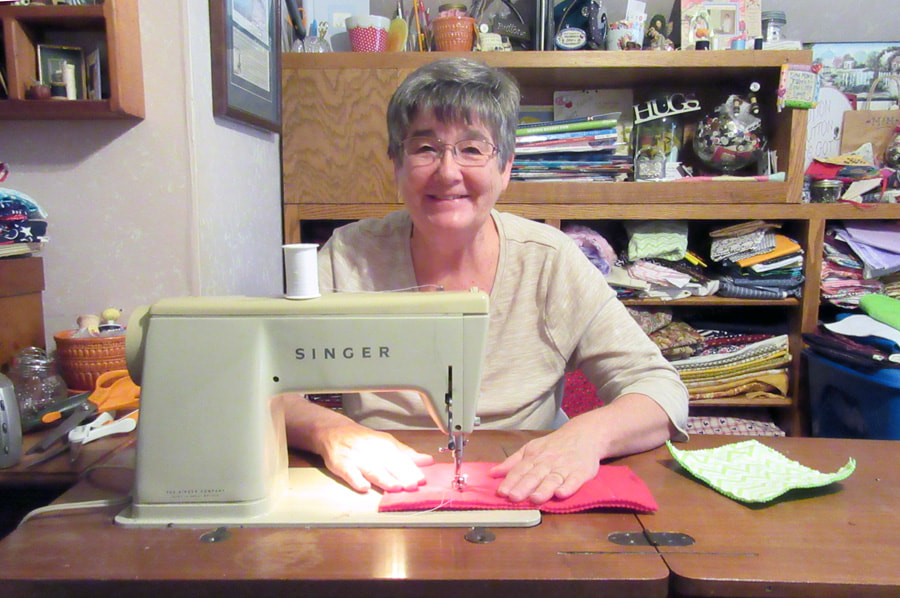
 RSS Feed
RSS Feed